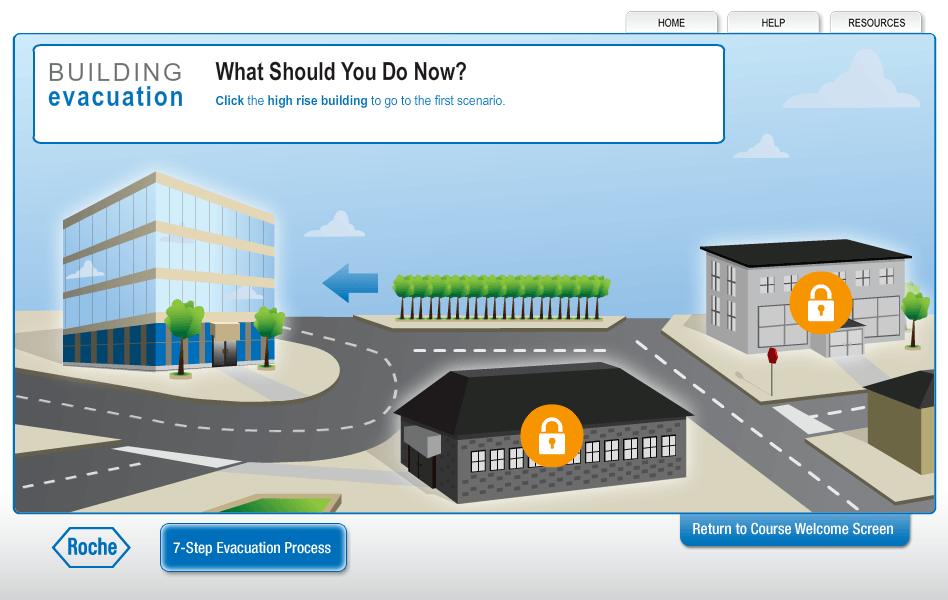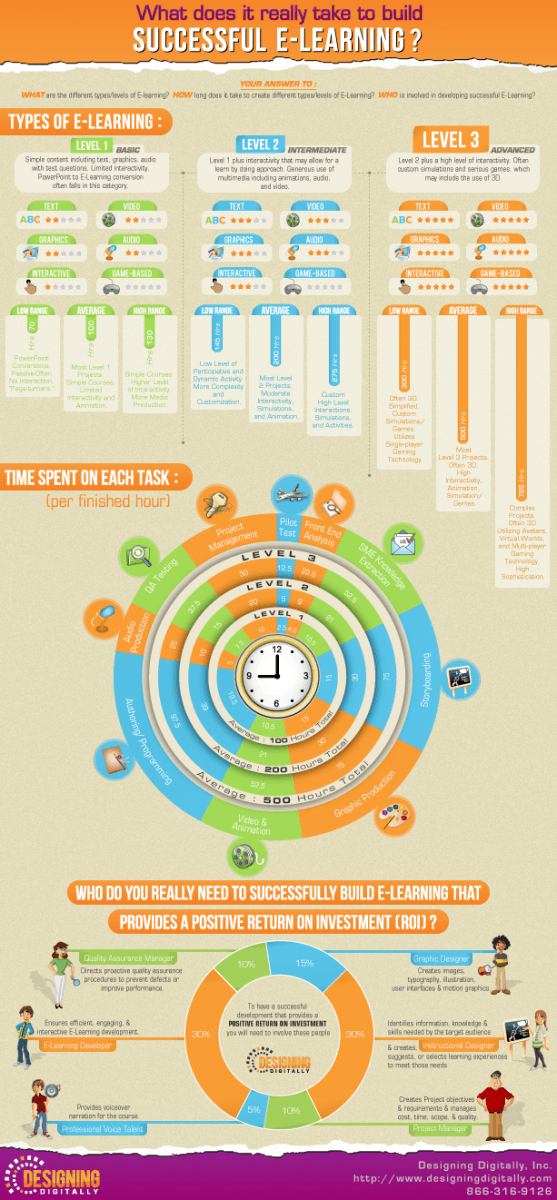Search for...
#e-learning development Bookmarks
Published Bookmarks
Designing e-courseware for maximum local impact
By some accounts, e-learning is already a US$56 billion global business, and set to double by 2015. The US and Europe account for 70% of the market, with Asia-Pacific contributing to aggressive global growth.
 eLearning too Expensive? A Solution for Every Budget
eLearning too Expensive? A Solution for Every Budget
It’s hard to price a course based on how it looks in the end. An incredibly cool-looking course that really helps people learn can be had for a bargain, while a text-heavy course with a next button can cost an arm and a leg. It all really depends on the needs and structure of the organization requesting the course.
10 Commandments of eLearning Content Development
Elearning content development can be a daunting prospect, particularly when it is new, or something you don’t do often. Even now, after years in the industry, I need to sit down and think hard about it every time I get that brief for a new project.
 What does it take to create a successful E-Learning project? (INFOGRAPHIC)
What does it take to create a successful E-Learning project? (INFOGRAPHIC)
So, what does it take to create a successful E-Learning project? What are the different types/levels of E-learning and how long does it typically take to create each one? Who is involved in developing successful E-Learning?
Below is a visual representation of what it takes to create high quality E-Learning.
Below is a visual representation of what it takes to create high quality E-Learning.
 How To Become the MacGyver of Online Training Development
How To Become the MacGyver of Online Training Development
You might not think that creating great online training courses is like the work of an action hero like MacGyver, but it is. This article show you why.
 A Practical Guide to Implementing the Socratic Method
A Practical Guide to Implementing the Socratic Method
Using the Socratic method is one of the best ways to challenge your students’ critical thinking. Use our practical guide to this method in your training!
 Top 3 E-Learning Programs To Become A Power Searcher
Top 3 E-Learning Programs To Become A Power Searcher
Information is power. And, it is the core requisite to construct knowledge. Here are our observations on three of the most effective instructional programs that are aimed at equipping people with smart web searching skills.
MSTP for E-Learning: Anthropomorphism!
Here are our reflections on Microsoft Manual of Style for Technical Publications (MSTP)’s recommendations on anthropomorphism.
 If You Ask These Questions About Interactive Elearning, Everyone Wins!
If You Ask These Questions About Interactive Elearning, Everyone Wins!
This article defines the steps needed to be taken during the investigation and development stages of creating an interactive elearning course.
 Learn 4 Training Tips from Socrates
Learn 4 Training Tips from Socrates
Explore 4 Principles used to teach students via the Socratic Method, a training method invented thousands of years ago by the philosopher Socrates.
Submit Bookmark






